EU declaration conformity
CO2 sensor | wall mounting | LED indicators | 24 V DC PoM
Product description
Temperature, relative humidity, CO2 (carbon dioxide), and ambient light level are all measured by a room sensor. The power supply is 24 V DC PoM. This means that one RJ45 connector can connect Modbus RTU communication and a 24 VDC power supply.
The CO2 level is visually indicated by the green, yellow, and red LED indicators. Modbus RTU communication is used to transmit the measured values. The CO2 sensor element can be replaced.
Ambient light detection is used in many applications to control the ventilation system based on the occupancy of the room. Modbus RTU communication allows for the adjustment of all settings. The light intensity of the LEDs used for status indication can also be adjusted. Typically, this CO2 sensor is used in schools, office buildings, restaurants, etc. It can be used for CO2 control in school classrooms and check if sufficient fresh air is supplied into the classroom.
Documents
Additional specifications and description
People produce CO2 or carbon dioxide while breathing. That makes CO2 concentration a good indicator for the occupancy and activity level in a space. In many applications, CO2 sensors are used as an indicator for the ventilation requirements.
Next to CO2, this sensor also measures temperature, relative humidity and ambient light level. The measured temperature, relative humidity, CO2 level, dew point temperature and ambient light level are available via Modbus RTU communication. This sensor does not have analogue outputs, which makes it simpler, and more cost efficient.
Visual indication of the measured value
The green, yellow, and red LEDs on this HVAC transmitter provide a clear visual indication of the CO2 level. The green LED indicates that the CO2 level is within the acceptable range - there is enough fresh air supply. The yellow LED illuminates when the CO2 level enters the alert range. Red indicates that CO2 levels are out of range or that there is insufficient fresh air supply. The Modbus holding registers can be used to change the ranges. The LED indicators can display the status of one of the three measured values, by default it shows the status of CO2.
Reduced installation time
This sensor can be connected with just one RJ45 connector. Power over Modbus, or PoM, connects Modbus RTU communication and a 24 V DC power supply via a single UTP cable. All measured values are available through Modbus RTU. To make wiring easier, we recommend using Sentera 24 VDC power supplies with RJ45 connectors. These power supplies provide short-circuit, overload, and overvoltage protection. A supply voltage of 24 V DC improves the safety and reliability of your installation.
Surface mounting
This sensor can be mounted on a wall or a surface indoors. The mounting holes are designed to accommodate standard European wall mounting boxes. Two screws are required to secure the sensor to the wall mounting box. The sensor enclosure will completely enclose the wall mounting box. To ensure peak performance, keep the sensor out of direct sunlight.
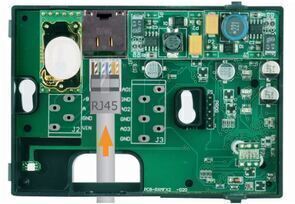
Easy to use
This sensor requires very little configuration. Once installed, it is almost directly ready to use. Temperature and relative humidity are frequently region- and season-specific. These parameters are still set to the correct values during installation. The other default settings are likely to be adequate for most applications. They can, however, be adjusted using the respective Modbus registers if necessary. The light intensity of the LEDs for status indication, for instance, is adjustable. The Modbus register map provides a complete overview of all adjustable settings.
Self-calibrating to compensate sensor drift
NDIR or Non-dispersive Infrared technology is used to measure the CO2 level. This technology offers a low life-cycle cost and a precise and stable long-term operation. This NDIR CO2 sensor is self-calibrating. The ABC logic self-calibrating algorithm is enabled by default. This algorithm is intended for use in applications where CO2 concentrations will fall to outside ambient conditions (400 ppm) at least once (15 minutes) in a 7-day period, as is common during unoccupied periods. The sensor will reach operational accuracy after 25 hours of continuous operation when exposed to 400 ppm 10 ppm CO2 ambient reference levels of air. It should be kept out of direct sunlight to ensure peak performance. The green, yellow, and red LEDs clearly display the measured CO2 level.
The advantages of Modbus RTU communication
The values are available via the Modbus input registers of this sensor. Reading the measured values is possible via SenteraWeb - our online HVAC platform, via 3SModbus software, via a BMS system or via another Modbus master device. Reading the measured values via Modbus offers many advantages. The most important ones are: less sensitive to interference than analogue signals and the possibility to use longer cables. Cable lengths up to 1.000 m are possible.

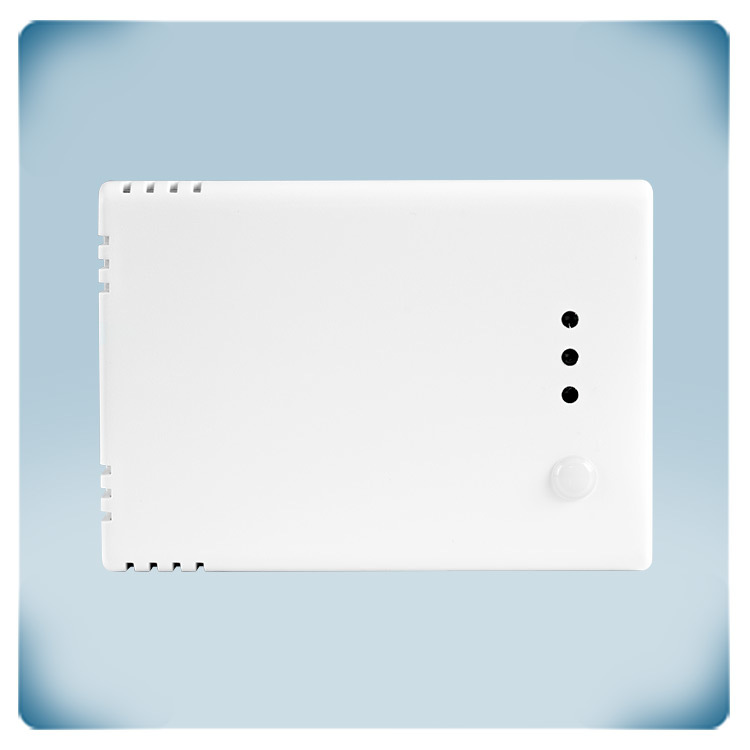
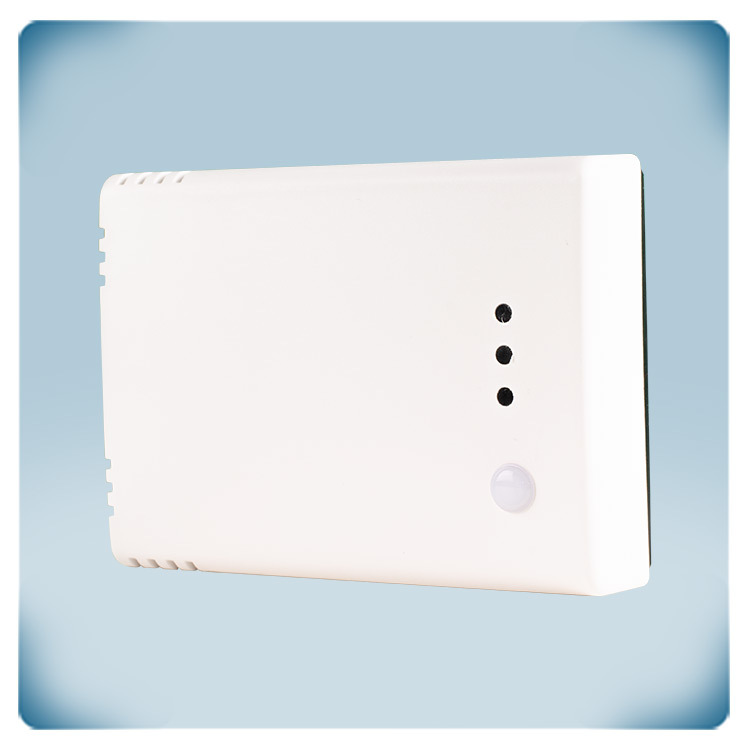
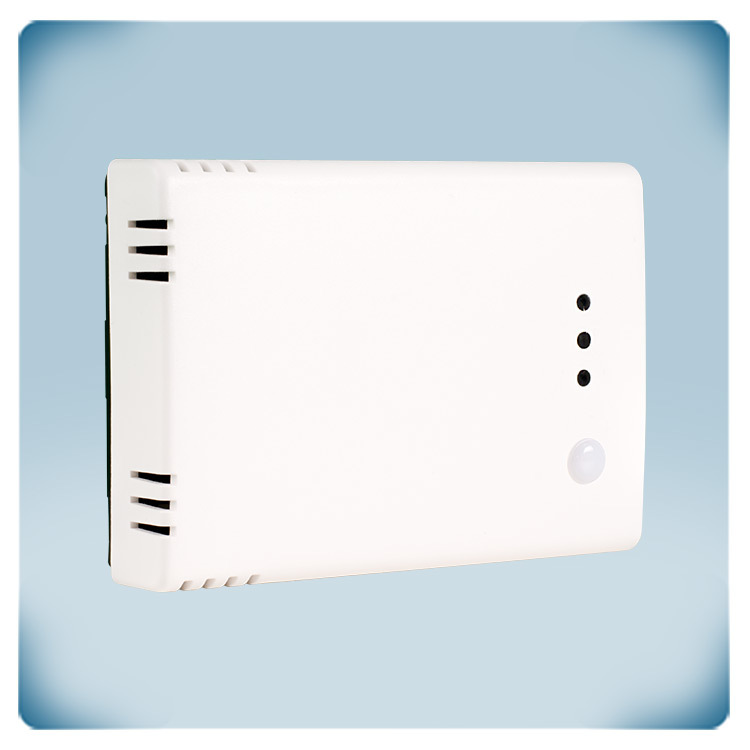
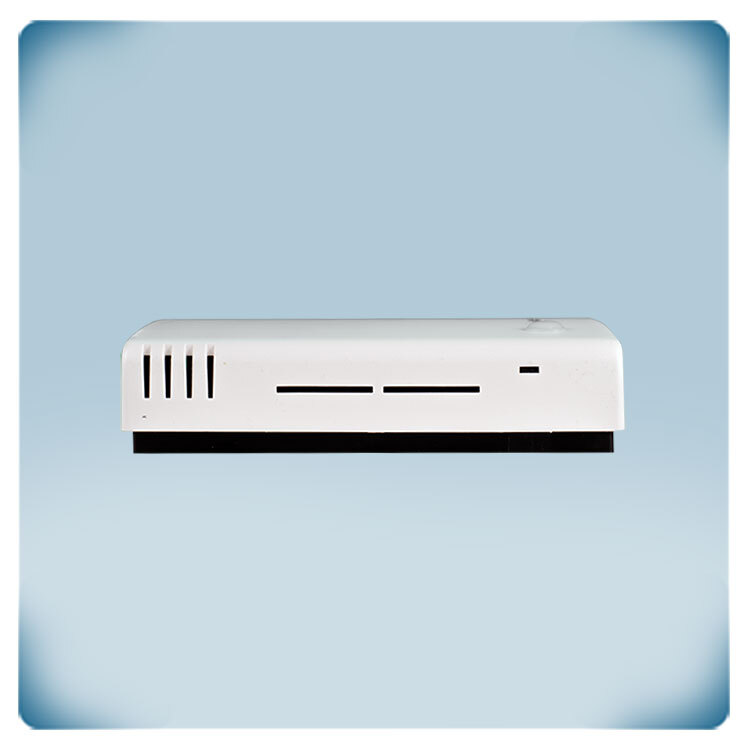
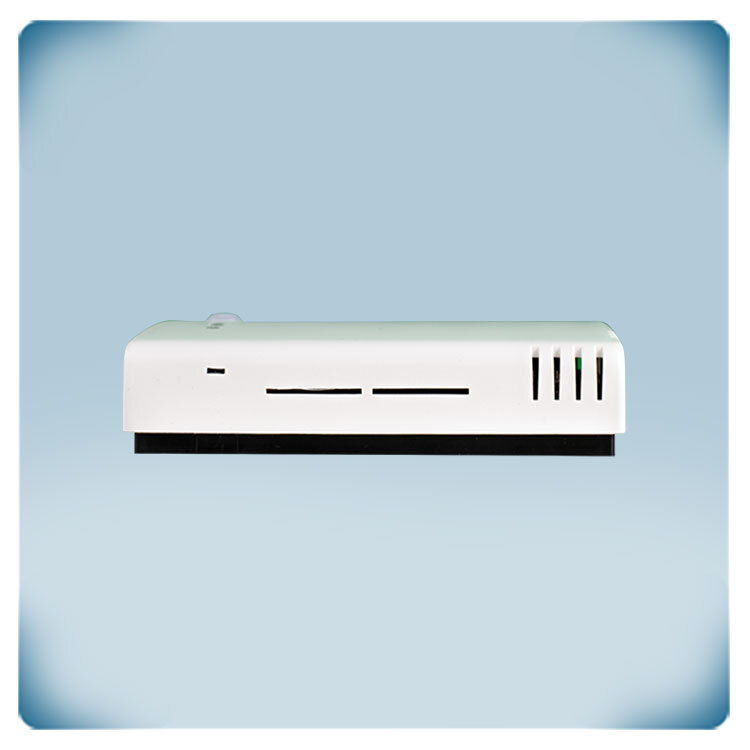
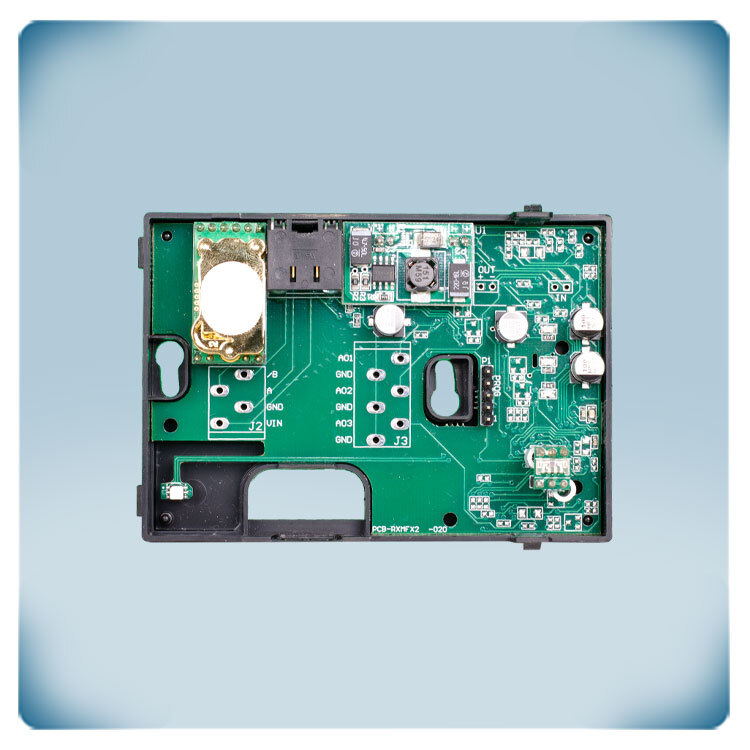
.webp)
.webp)
.webp)
.webp)
.webp)
.webp)

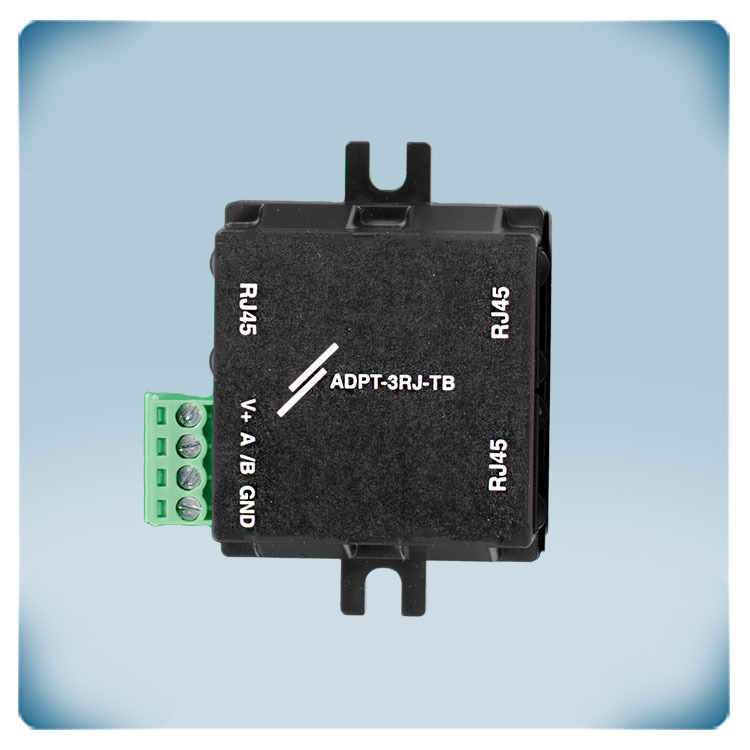
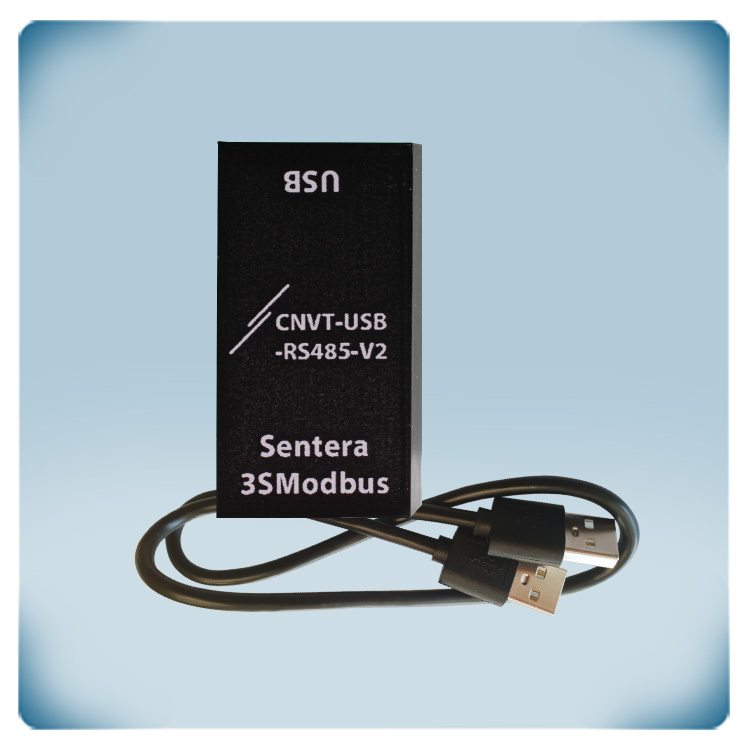
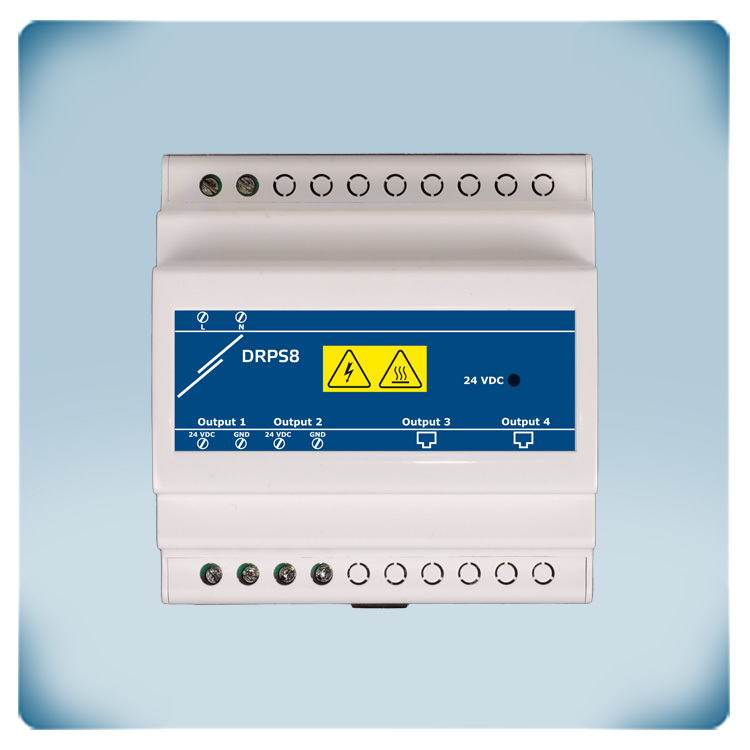
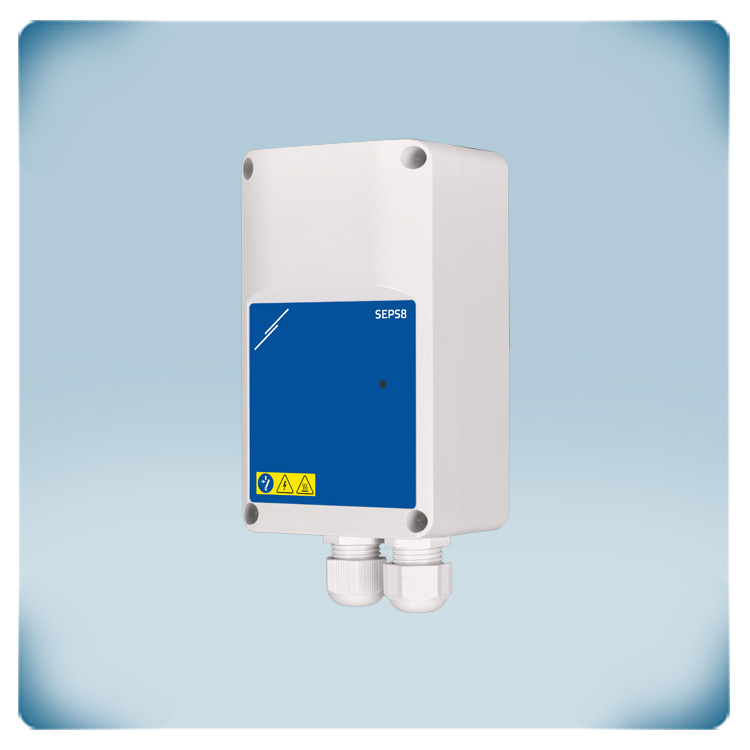
Remarks, reviews & ratings